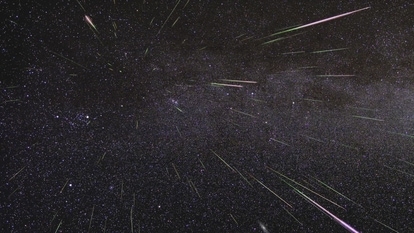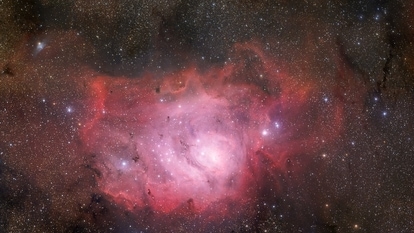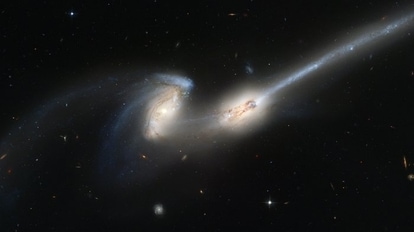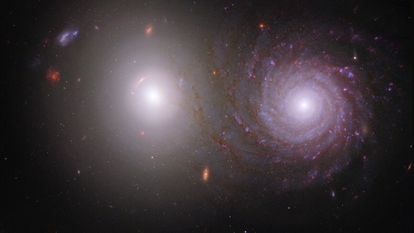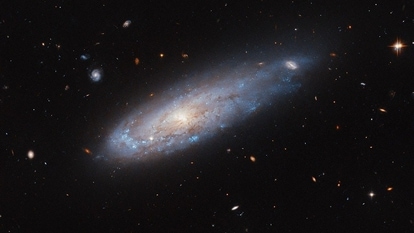Earth to suffer DANGEROUS solar storm onslaught as Sun spits out solar flares
Solar flare eruptions have continued for the second day in a row in a particularly unstable region on the Sun. More solar storms are expected for the Earth in the coming days.
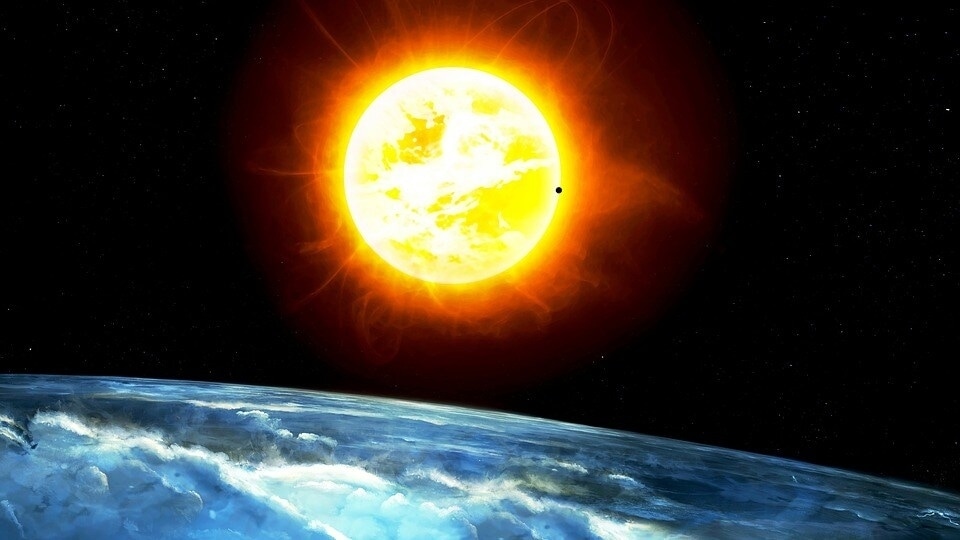
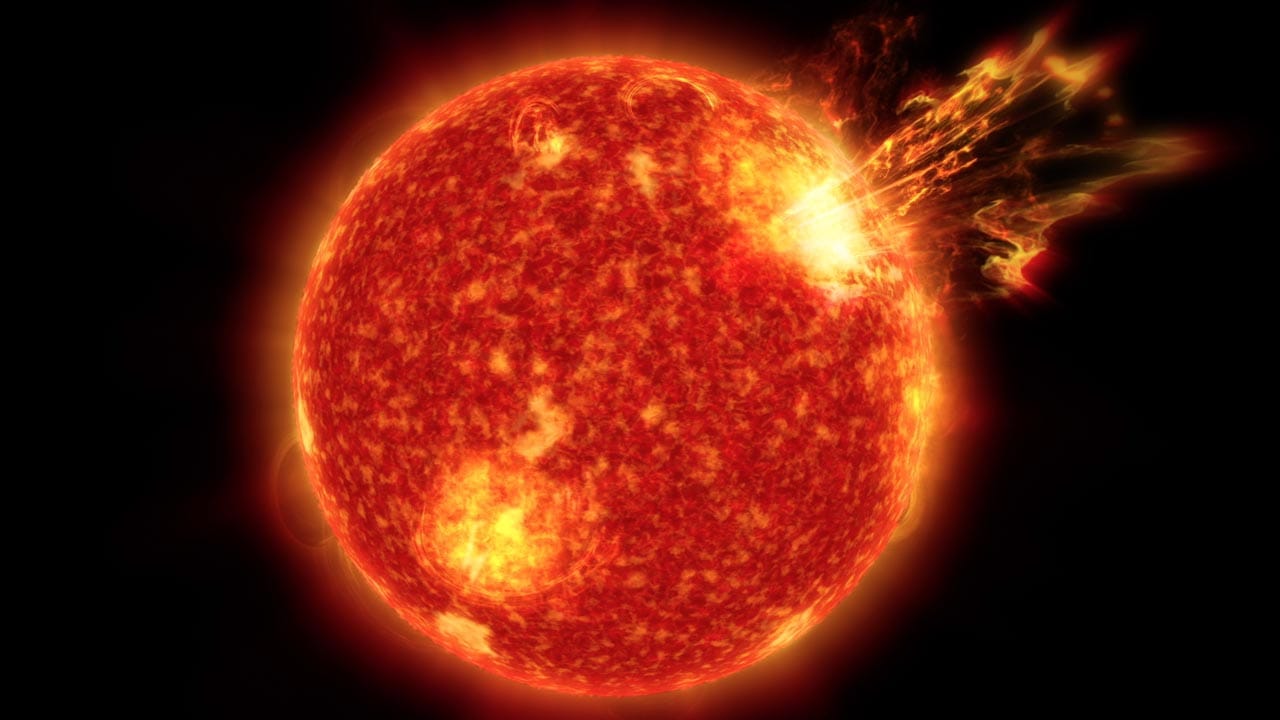
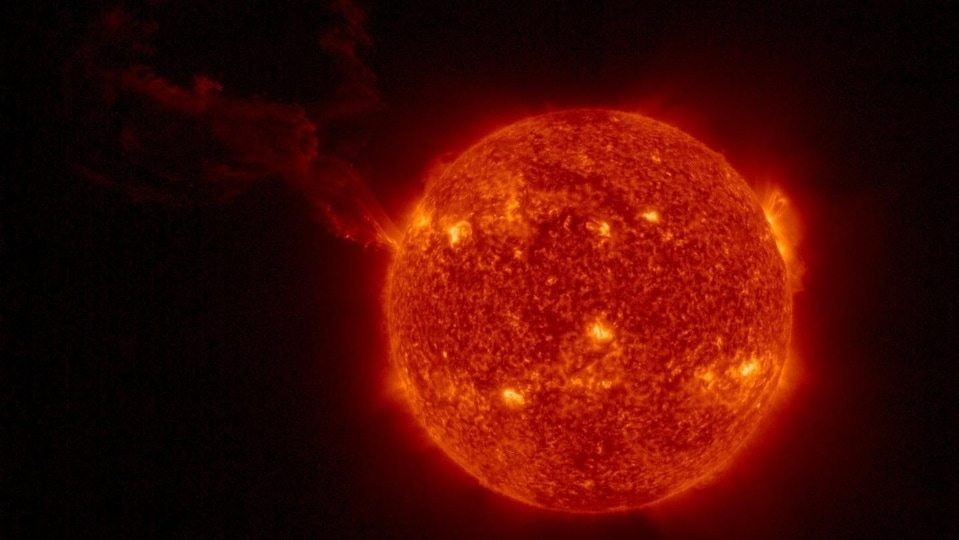
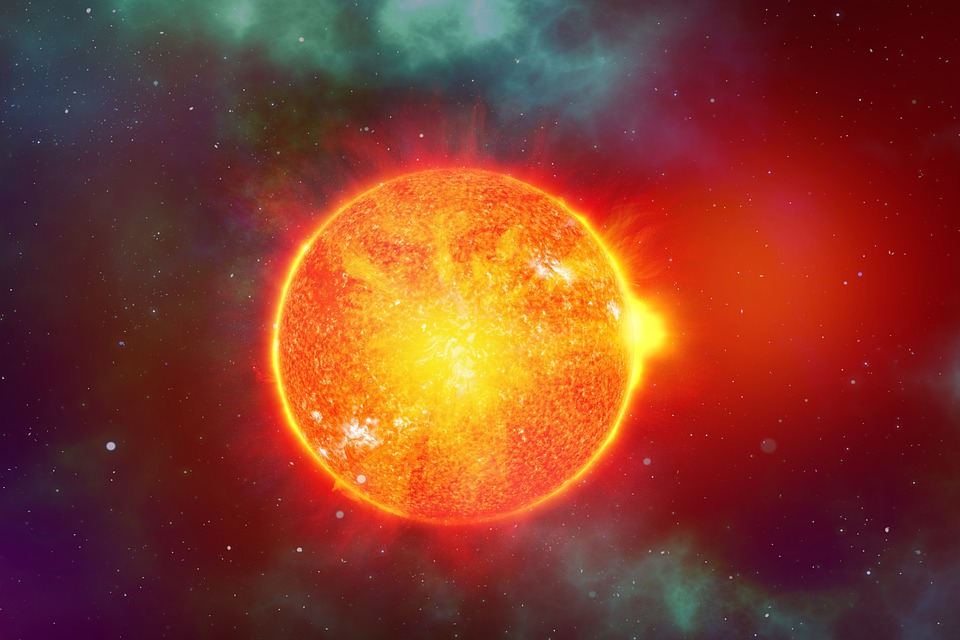


 View all Images
View all ImagesYesterday, it was reported that a particularly notorious sunspot complex turned unstable and was frequently exploding, resulting in solar flare eruptions. The effect caused a rolling series of radio blackouts on Earth, which was particularly felt over the African continent. We are on day 2, and the explosions do not appear to be slowing down. In fact, one particular solar flare eruption has produced a large amount of coronal mass ejection (CME) cloud, which might hit the Earth. Astronomers have not been able to figure out the trajectory of the CME given the frequency of explosions but it should be clearer in hours to come.
As per a SpaceWeather report, “Reversed-polarity sunspot AR3296 exploded on May 4th (0844 UT), producing an M3.9-class solar flare. The explosion also hurled a CME into space”. It further stated that the National Oceanic and Atmospheric Administration (NOAA) is struggling to identify the direction of the CME. “multiple overlapping CMEs flew into space shortly after the explosion. Each CME is debris from a different blast--only one came from AR3296. NOAA analysts have taken a stab at disentangling the storm clouds”.
Solar storm fears rise for the Earth
This situation has created a sense of confusion for astronomers because no one knows whether the CME will miss us entirely, deliver a glancing blow or will hit us head-on. And this is risky because in case it does end up striking us in full force, the result could be another severe solar storm.
NOAA forecasters have said that we should know in the coming hours but in either case, the Earth should be prepared for a solar storm event on Sunday, May 7. And just how dangerous the event can be? Such solar storms can damage satellites, disrupt mobile networks, internet services and GPS signals, cause power grid failures and even corrupt sensitive electronics on Earth.
Know how NOAA monitors the Sun
While many space agencies from NASA with its Solar Dynamics Observatory (SDO) to National Oceanic and Atmospheric Administration (NOAA) keep track of Sun-based weather phenomena, one that particularly stands out is the DSCOVR satellite by NOAA. The satellite became operational in 2016 and tracks different measurements of the Sun and its atmosphere including temperature, speed, density, degree of orientation, and frequency of the solar particles. The recovered data is then run through the Space Weather Prediction Center and the final analysis is prepared.
Catch all the Latest Tech News, Mobile News, Laptop News, Gaming news, Wearables News , How To News, also keep up with us on Whatsapp channel,Twitter, Facebook, Google News, and Instagram. For our latest videos, subscribe to our YouTube channel.





